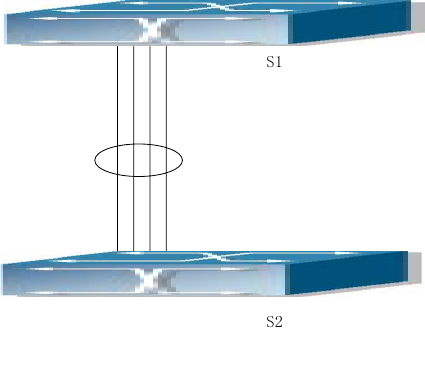
258
Chapter 10 Port Channel Configuration
10.1 Introduction to Port Channel
To understand Port Channel, Port Group should be introduced first: Port Group is a group
of physical ports in the configuration level, only physical ports in the Port Group can take
part in link aggregation and become a member port of Port Channel. Logically, Port Group
is not a port but a port sequence. Under certain conditions, physical ports in a Port Group
perform port aggregation to form a Port Channel that has all the properties of a logical port,
therefore it becomes an independent logical port. Port aggregation is a process of logical
abstraction to abstract a set of ports (port sequence) of the same properties to a logical
port. Port Channel is a collection of physical ports and used as one physical port logically.
Port Channel can be used as a normal port by the user, and can not only add network
bandwidth, but also provide link backup. Port aggregation is usually used when the switch
is connected to routers, PCs or other switches.
Fig 10-1 Port aggregation
As shown in the above figure, port 1-4 of switch S1 is aggregated to a Port Channel, the
bandwidth of this Port Channel is the total of all the four ports. If traffic from S1 needs to
be transferred to S2 through the Port Channel, traffic allocation calculation will be
performed based on the source MAC address and the lowest bit of target MAC address,
and the calculation result will decide which port to convey the traffic. If a port in Port
Channel fails, the other ports will undertake traffic of that port through traffic allocation
algorithm. Traffic allocation algorithm is determined by the hardware.
ES4626/ES4650 offers 2 methods for configuring port aggregation: manual Port Channel
creation, and LACP (Link Aggregation Control Protocol) dynamic Port Channel creation.
Port aggregation can only be performed on ports in full duplex mode.


















